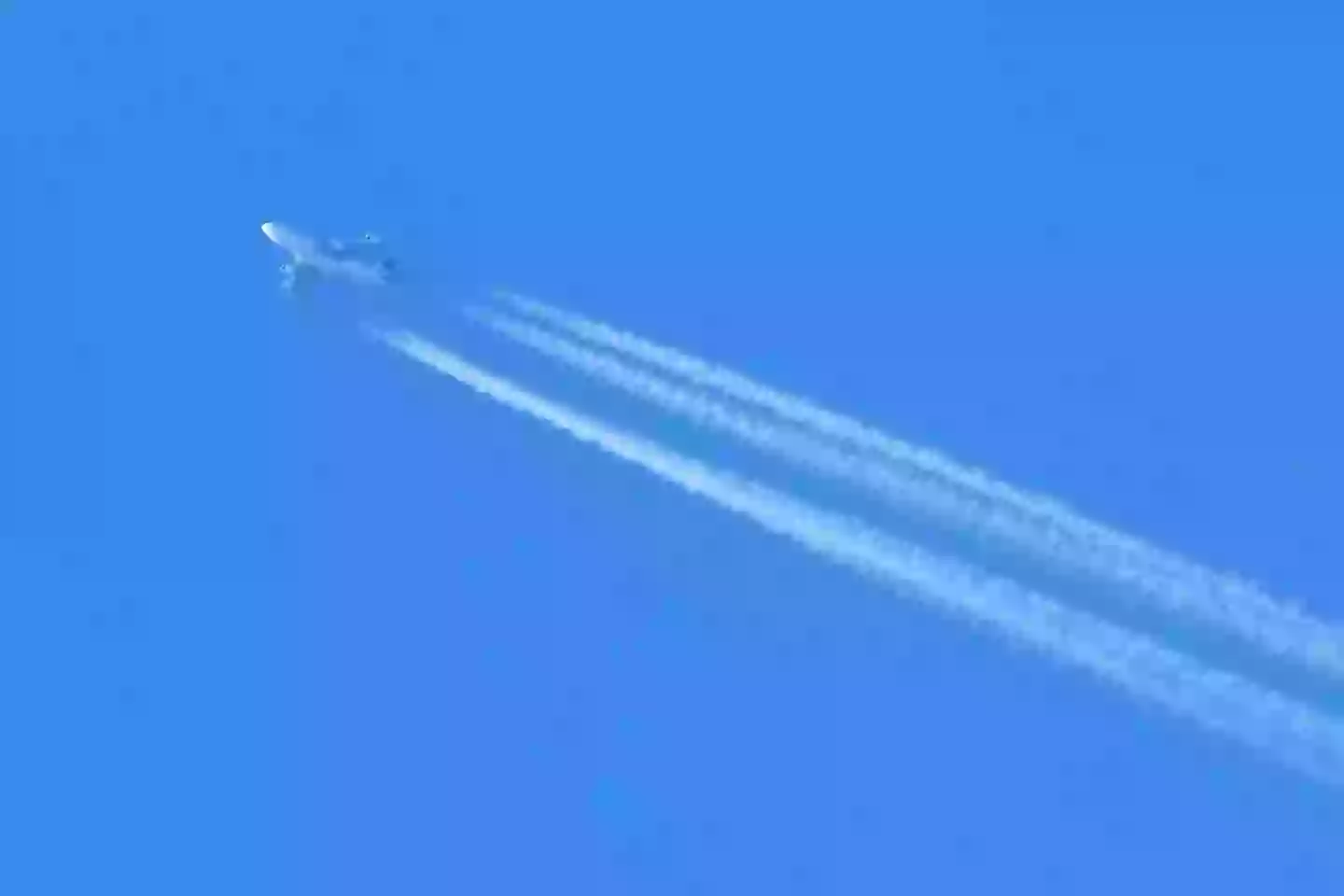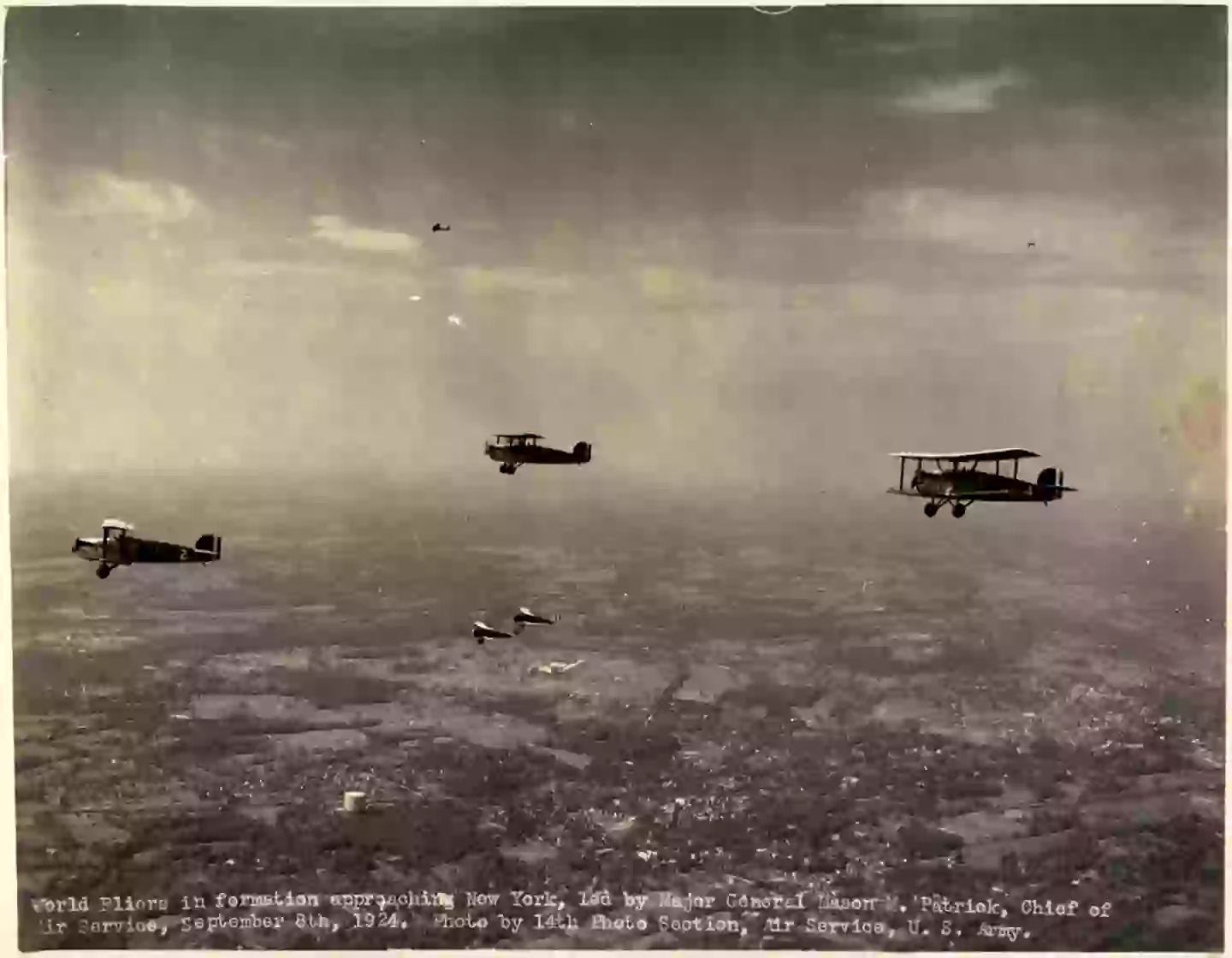
Thanks to modern commercial flight technology it's easy to take a plane across the entire world in just over a day, but the first trip spanning the entire globe was a much more arduous ordeal, taking 175 days in total and around 27,550 miles.
Planes have become the default for long-haul travel in the modern age, with journeys spanning between a painful 71 hours and a measly 53 seconds - depending on where you're going, of course!
Elon Musk even has his own ideas when it comes to revolutionizing the world of flight, as he's laid out plans to utilize SpaceX technology to make flights across the world take under half an hour, taking passengers into space before coming back to Earth.

Advert
Things weren't always as simple, convenient, or quick as they are today though, as over a century ago eight US Army Air Service pilots undertook the then-herculean task of journeying across the entire world and back by plane.
As laid out by the National Air and Space Museum, the pilots began with four airplanes in Seattle, Washington, taking 175 days, 74 stops, and 27,550 miles in total before their long journey came to its conclusion.
The aim of the mission was to both test and eventually prove the airplane's viability as an emerging technology, especially within the military.
Fuel, oil, spare parts, and even 35 separate replacement engines were distributed to designated stop points across the world in order to assist the journey, and with the length of it all it definitely was a worthy investment.
Advert
One important sacrifice that the pilots had to make in order to maximize efficiency was to forgo both parachutes and life preservers, raising the risk of the mission significantly.

The planes flew northwest initially across the coast of Canada and Alaska, taking them above the Pacific Ocean and into southeast Asia.
They were the first people to fly across the Pacific Ocean - but they certainly had to fight through horrors to make it.
Advert
They faced the freezing cold, thick fog, and devastating winds that were upwards of 75 miles per hour, testing the resolve and skills of the eight pilots.
Making it across southeast Asia and over India, the mission eventually reached Europe, in which they were greeted with growing crowds that were beaming with enthusiasm, as it was likely hard not to be amazed by what they had achieved so far.
Making it back across the Atlantic Ocean was a similar experience to the earlier parts of the journey where the pilots were understandability 'terrified' that they'd strike an obscured iceberg, but they eventually made it back to US soil, landing once again in Seattle on September 28, 1924.
It'll certainly make you think next time you're on a flight across the world, as the frustrations of a stiff seat or unpleasant food pale in comparison to the nightmares that the eight pilots had to endure for just under half a year over 100 years ago now.
